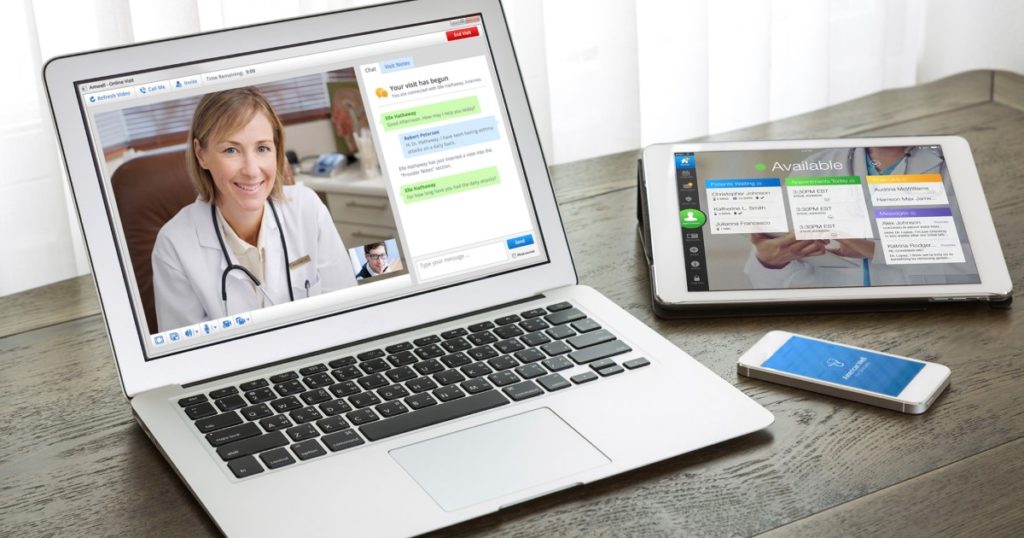“I want to convince you in the next few minutes that I’m part of the solution, not necessarily just a problem,” Graham Prestwich, public and patient engagement lead, Yorkshire and Humber Academic Health Science Network, told delegates at the HIMSS22 European Conference.
He was representing the voice of patients in the session ‘From Patient Engagement to Patient Empowerment’ in which a panel of experts discussed how citizens could be more included in digital health transformation.
The speakers were: Dr Kaveh Safevi, senior managing director, consulting global health, Accenture, USA; Begoña Nafria, head of the patient engagement in research and innovation group, Childrens Hospital San Joan de Deu, Barcelona, Spain; Graham Prestwich, public and patient engagement lead, Yorkshire and Humber Academic Health Science Network, UK; Dr Anne Snowdon, director of clinical research, HIMSS Analytics, Canada.
“The current state of affairs leaves people feeling like things are getting worse rather than better,” added Prestwick. “For people who are disabled things are not looking good and the chances of them being able to contribute to their own wellbeing seems to be going backwards not forwards.”
When it comes to designing healthcare solutions, Prestwick said it was important to involve patients who represent the target audience and ensure they were involved in creating a clear definition of the problem being solved.
“Lots of people use patients rather than work with patients,” he concluded. “If I’m in It I feel like you’re doing things with me rather than to me.”
Gaining trust
Although telehealth boomed during the pandemic, the uptake of other forms of digital tools dropped after 2018, according to research carried out by Accenture across eight countries.
“As we watch the adoption of technology by citizens over the years, starting from 2018 we discover that the pace of adoption – which had been moving up nicely and bringing behind it lots of money and innovation – had actually began to plateau,” explained Dr Kaveh Safevi, senior managing director, consulting global health, Accenture.
Virtual health visits were the only exception to this, due to the forced adoption during the pandemic when it was impossible to see doctors face to face.
“It was striking to us that we were seeing uniform deceleration of adoption of digital technologies, wearables and apps over the time period,” Dr Safevi said.
The research showed that this was partially due to a lack of patient trust. Although healthcare providers were rated as the most trusted entities for people to give their data to, trust in all stakeholders has declined since the pandemic.
“If they don’t trust they’re not willing to engage in the system,” Dr Safevi continued. “One could argue the pandemic did nothing more heightened people’s awareness that their healthcare data is available and could be used by others.”
To overcome this issue, Dr Safevi said it was important that innovators consider more than just the functionality and efficacy of digital tools.
“We see a lot of innovation around the value of the digital tool as measured by their primary objective, which is engagement or efficacy,” said Dr Safevi. “But if we want to make our investments worthwhile, we need to include in our focus not just whether it works, but will anybody care?”
To restore public trust, he said it was necessary to “establish clear transparency around information coupled with behaviour that could be consistent with the way you place yourself.”
Involving the younger generation
An outstanding example of patient empowerment comes from the San Joan de Deu Barcelona Children’s Hospital in Spain. Begoña Nafria, head of the patient engagement in research and innovation group, outlined an ongoing initiative to involve children and young people in decision-making at the hospital.
The young person’s advisory group, Kids Barcelona, was set up in 2015 and currently has 20 members of which 80% are patients and 20% are from the local community. Each month meetings are held at which members can contribute their opinions about projects at the hospital.
“We’re a patient-centric institution because we believe the only way for our services in healthcare is to work with the patients and their families,” Nafria said. “We include them in research and innovation because we want them to be partners.”
Children and young people are also involved in the co-design of medical devices, receive training about their data rights through gaming, and are educated in the development of clinical trials.
“We need to change entire the mindset of the solutions because we’re so based on knowing that the experts are the doctors and medical staff, and the children and their families are not at the same level,” Nafria said. “We need to co-create and work together with patients.”

